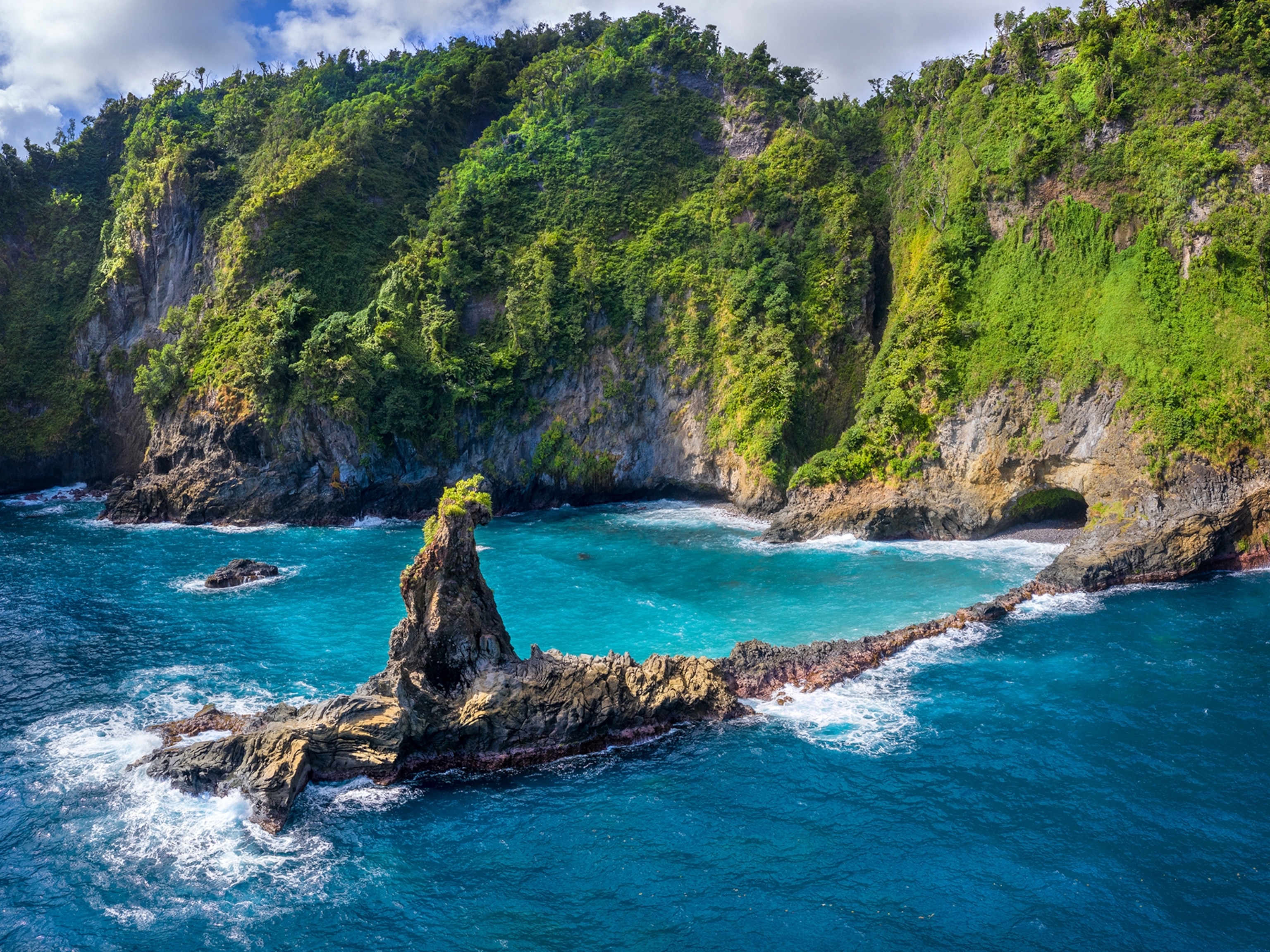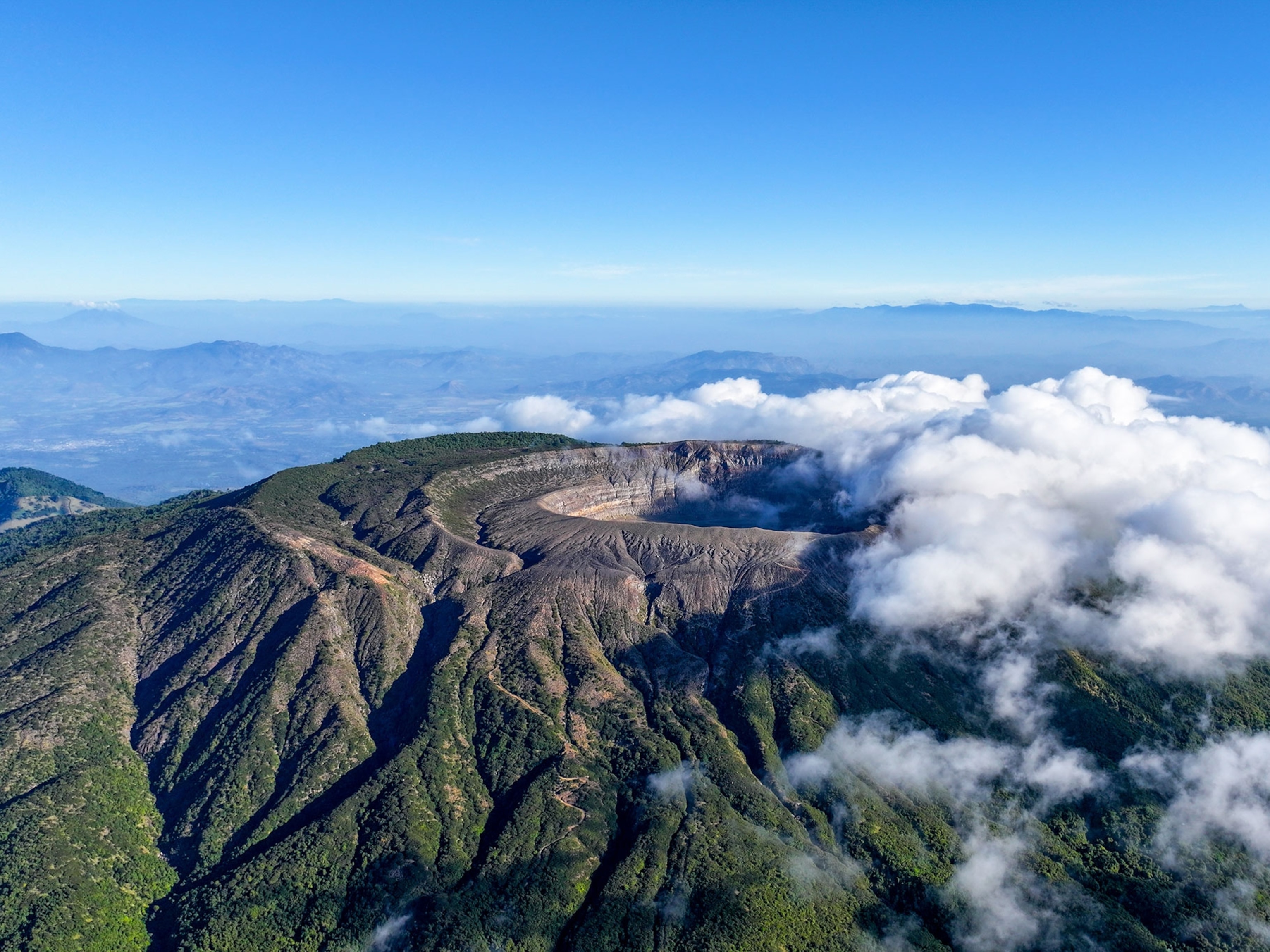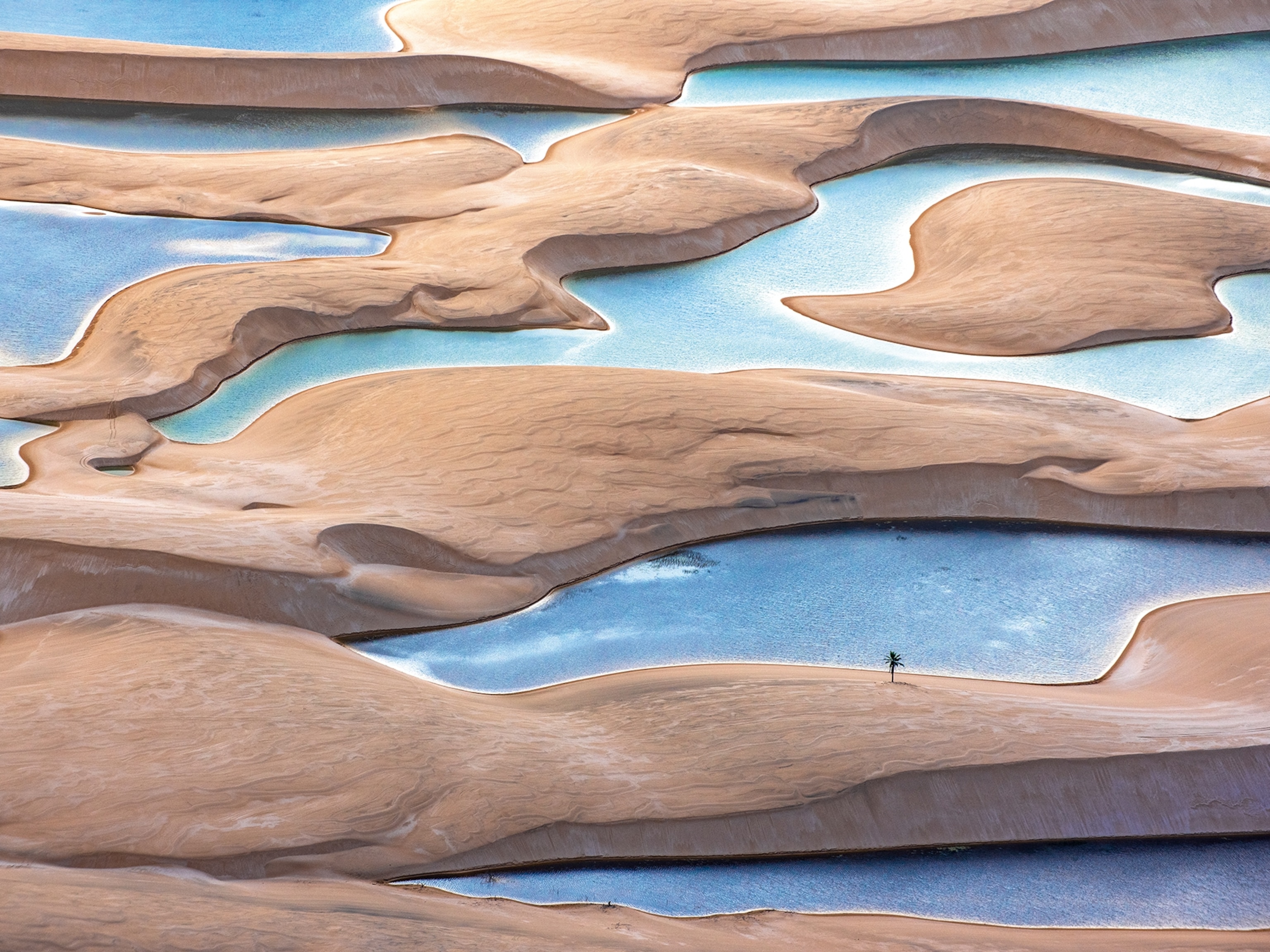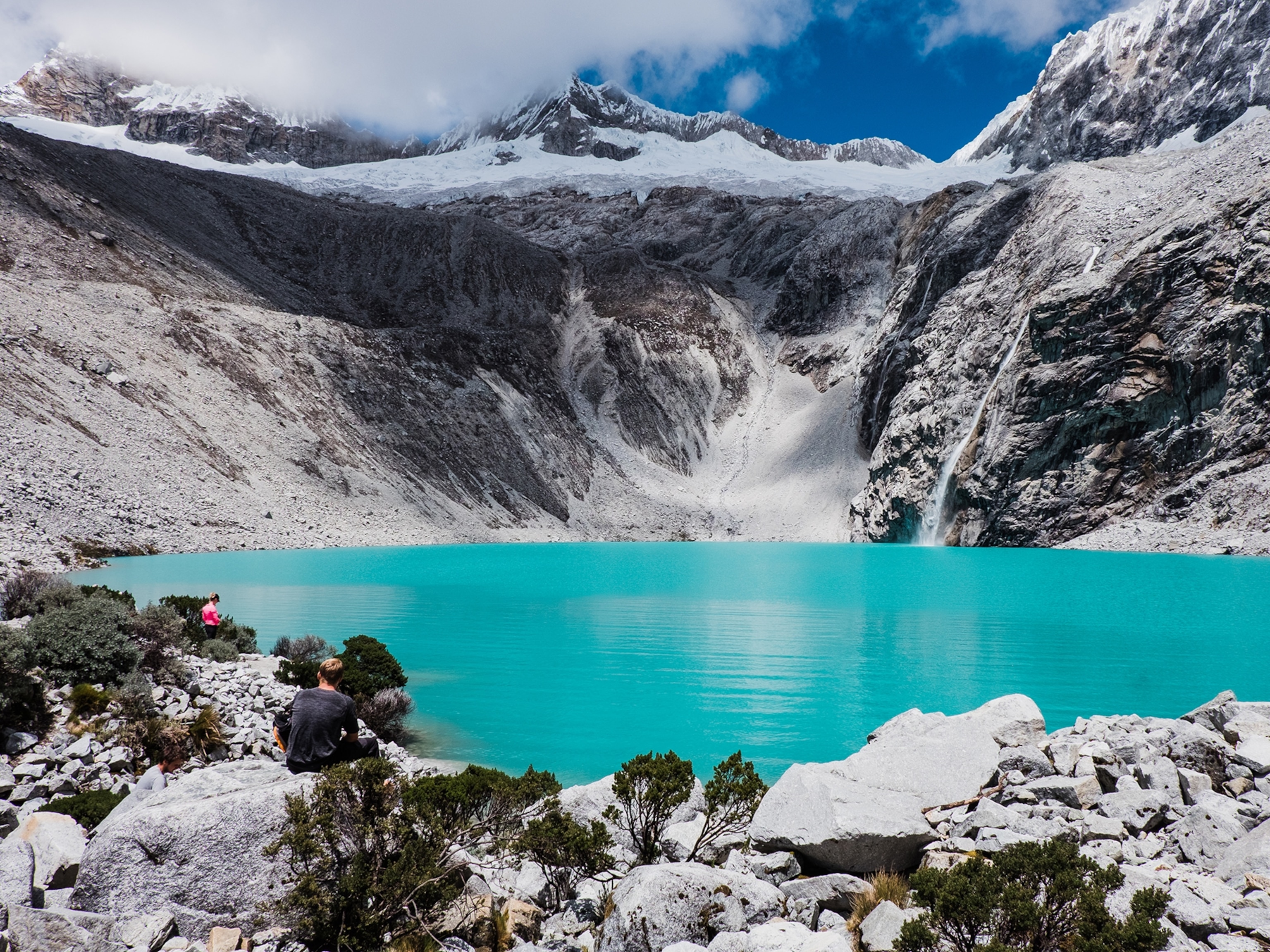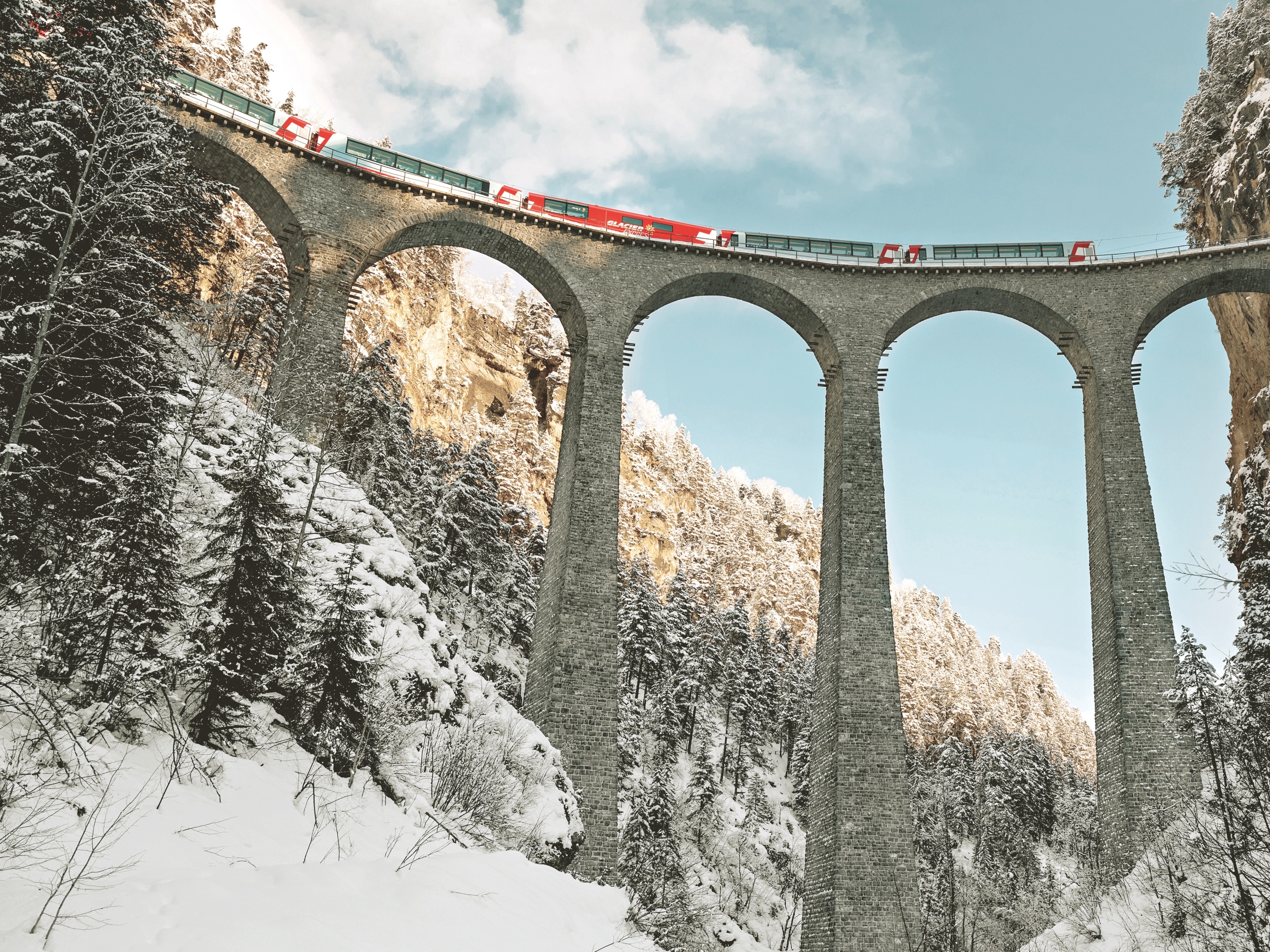25 Gorgeous Pictures of Waterfalls
Cool off with these stunning shots of one of nature's most dramatic forces.
Hydrology's usually a bit of a dry subject. But when the study of water's movement across Earth helps us understand how waterfalls work, it becomes very dramatic indeed.
Hurtling over cliffs, forging canyons, and sometimes creating their own clouds, waterfalls' relentless course reshapes the landscape around them. From Iguazu Falls, which splits a border between Argentina and Brazil with nearly half a million cubic feet of water every second, to Angel Falls, which plummets into the Venezuelan forest from a height of nearly two-thirds of a mile, spectacular cascades attract tens of millions of tourists every year.
Some of those visitors have cameras—like the members of National Geographic's Your Shot photography community who captured the pictures in this gallery. They often trekked miles on end, stood deep in freezing water, or waited patiently for hours in order to snag the perfect shot.
Take a look at these dazzling pictures—and get inspired to join the global Your Shot community and share your own photos.


























